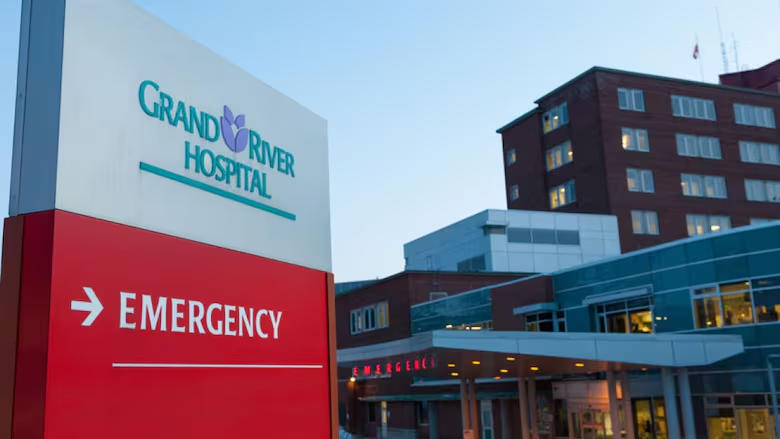Waterloo hospitals prepare for possible surge amid 'troubling' COVID-19 projections
St. Mary's president Lee Fairclough happy Ontario has taken more action to curb spread

The regional hospital lead for COVID-19 response in Waterloo-Wellington says she's troubled by provincial modelling released on Tuesday that suggests COVID case-loads could overwhelm the province's health care system next month without significant measures to reduce the spread.
Lee Fairclough says the region is taking steps to prepare for a possible surge in cases.
Fairclough, who is also president of St. Mary's Hospital, says she's glad the Ontario government has issued a stay-at-home order and implemented further restrictions on businesses to try and slow transmission.
"The thing that's going to help the hospitals to manage a lot here through this next rise in cases is implementing those measures," Fairclough said.
The region's three hospitals have a combined total of 77 to 80 ICU beds, but they could look at converting spaces currently used as part of operating room recovery areas to expand that capacity, she said.
Hospitals received more ventilators after the pandemic hit and Fairclough is currently confident that St. Mary's has what it needs, she added.
Patients transfered to Kitchener, Guelph
ICUs in the region were at 94 per cent capacity Friday morning with just five beds available. A total of 10 patients have been transferred into the region from hospitals that were over capacity, Fairclough said. Nine of them went to Grand River Hospital and one to Guelph.
So far, Waterloo region's hospitals have not had to transfer anyone out of the region, but that remains an option should they ever find themselves over-burdened, she said.

The province has sent out a triage protocol outlining how to decide which patients will, or will not, get critical care if demand should ever exceed resources. Should any decisions of that nature need to be made within the region, they will be made in a structured way that is common across the province, Fairclough said.
"We would organize our teams to be prepared to do that obviously in very, very active discussions with families," she said.
"I think the first thing is that, ideally, we don't get to that point," she said, "That's where we're taking every action that we can, thinking beyond just the ICU beds. It's also about our total bed capacity and the ability that when people are ready to come out of the ICU that we've got them the space to be able to transfer them into a regular acute care bed."
The roll-out of vaccination programs in long-term care facilities is also vital to reducing the demand on hospital resources, she said.
"Often times we're transferring people to care for in hospital, so all of these things connect together."